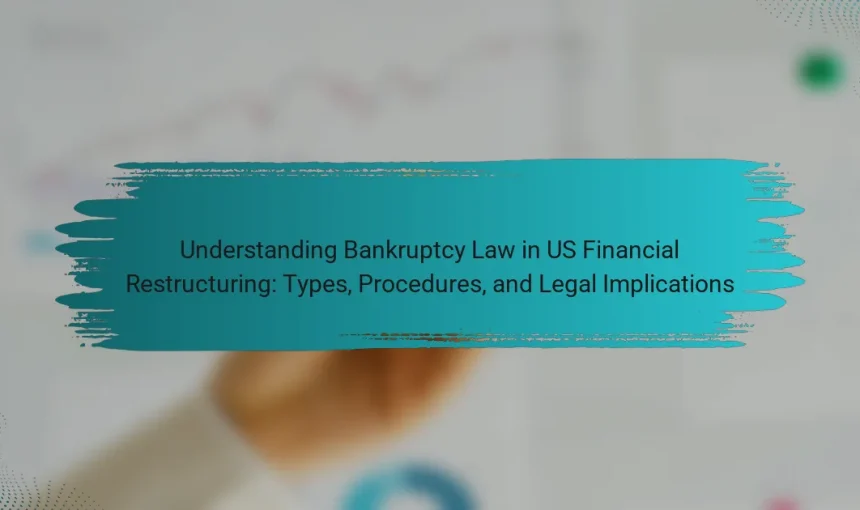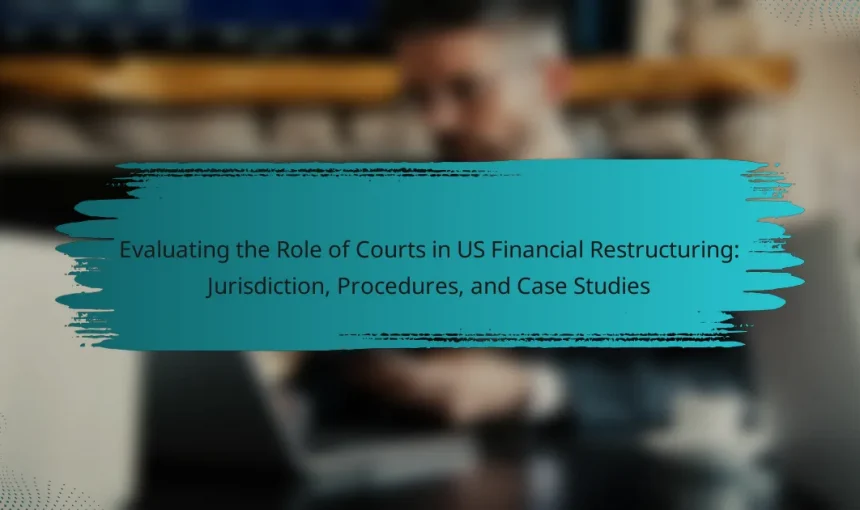Creditors are key participants in the financial restructuring process in the United States, holding claims against debtors and seeking to negotiate favorable terms for debt repayment or restructuring. Their influence is significant, as they possess voting power on proposed plans and can affect the outcome of negotiations. Creditors often aim to maximize their recovery on […]
Bankruptcy law in the United States provides a legal framework for individuals and businesses to reorganize or eliminate their debts through federal statutes, primarily the Bankruptcy Code. This law includes various chapters, such as Chapter 7 for liquidation and Chapter 11 for reorganization, allowing debtors to seek relief from creditors while ensuring fair treatment for […]
Federal regulations in the context of US financial restructuring encompass laws and guidelines established by federal agencies to govern the reorganization of financially distressed companies. These regulations, including the Bankruptcy Code and oversight by the Securities and Exchange Commission (SEC), are designed to ensure transparency, protect creditors, and maintain market stability. The article examines how […]
Small businesses in the US face critical legal considerations during financial restructuring, particularly regarding compliance with federal and state bankruptcy laws. Understanding the processes of Chapter 11 and Chapter 13 bankruptcy is essential, as is navigating creditor negotiations and potential disputes. Businesses must also consider the implications for contracts, leases, and employee rights, often necessitating […]
The main entity discussed is asset liquidation, a critical process in US financial restructuring aimed at converting an entity’s assets into cash to satisfy creditor obligations. The article outlines the steps involved in asset liquidation, starting with asset identification and valuation, followed by necessary legal actions such as bankruptcy filing. It details the management of […]
Courts are the primary entities overseeing financial restructuring in the United States, specifically managing bankruptcy proceedings under the Bankruptcy Code. This article evaluates the jurisdictional authority of federal bankruptcy courts, which includes adjudicating Chapter 11 reorganizations and Chapter 7 liquidations. It outlines the procedural steps courts follow, from the initial bankruptcy petition to the approval […]
The legal framework of US financial restructuring is primarily governed by the Bankruptcy Code, specifically Title 11 of the United States Code. This code outlines the processes for reorganizing or liquidating debts, with Chapter 11 being the most frequently utilized provision for corporate restructuring, allowing companies to continue operations while repaying creditors. Key regulations also […]
The article focuses on the future of US financial restructuring, examining key elements such as debt renegotiation, asset sales, and operational changes aimed at stabilizing distressed entities. It highlights the legal challenges posed by complex bankruptcy laws and regulatory compliance, which can complicate the restructuring process. Anticipated policy changes include increased regulatory oversight and enhanced […]
Chapter 11 bankruptcy is a legal framework that enables businesses to reorganize their debts while continuing operations and protecting themselves from creditors. This process is commonly utilized by large corporations seeking to return to profitability. Key elements include the submission of a reorganization plan to the bankruptcy court and the opportunity for creditors to vote […]
Legal counsel is essential in the context of US financial restructuring, providing expertise in compliance with bankruptcy laws and regulations. They assist clients in drafting and negotiating restructuring plans, represent them in court, and protect creditor rights throughout the process. When selecting an attorney for financial restructuring, it is important to evaluate their experience, credentials, […]









